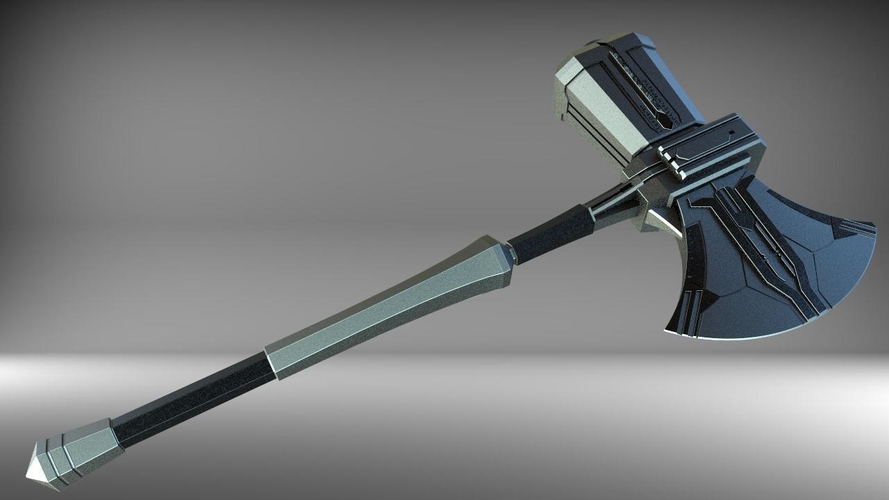For the last few years, I’ve been running many of my on-premise services in VMWare ESXi virtual machines. Since around 2013, I’ve been using an AMD FX-8350 processor, 16-24GB RAM (recently added), and a few 1TB Western Digital Green hard drives (with no redundancy) in an old desktop case. It’s done the job fairly well, and survived a few ESXi upgrades; but recently when trying to set up a ZoneMinder NVR to record camera footage, I found the CPU would max out multiple cores at 100% when trying to capture footage from 5 cameras:

Typically the fan noise would only go up if I was running a heavy download with multiple file extraction happening to the network storage, but with ZoneMinder running, the CPU fan was running constantly at full blast so loud you could hear it upstairs. This is when I decided it was time for an upgrade, and although a long time coming, time to switch to rack mounted equipment.
After some discussions with friends and colleagues, I settled on purchasing a used Dell PowerEdge R730XD server with 3.5″ drives. The server has the following specs:

- Dell PowerEdge R730XD LFF – 2U
- 2x 14 Core E5-2697 v3 Xeon Processors @ 2.60Ghz
- 128 GB (4x32GB) ECC DDR4 RAM
- Dell PowerEdge RAID Controller (PERC) H730 Mini
- Dell Intel X710 Dual Port DA/SFP+ 10Gb + I350 Dual Port 1GbE
- 2x Dell 750 Watt Power Supply (Redundant)
- IDRAC 8 Enterprise License – Remote Console Access, Power Control, ISO Mounting
- 12x 3.5″ Hard Drive Trays
- 2x 2.5″ Hard Drive Trays
- Dell PowerEdge R730XD Static Rails
I purchased from DeltaServerStore in Toronto, and I can definitely recommend them, as they provided a clean well maintained server that was actually well over spec what I had originally ordered. They even provided the specific screws I would need for each hard drive tray, as they need to be flush with the brackets.
The only concern I have is the SFP+ NIC is actually an HP card, and while it detects and will work fine, causes the server to ignore the fan presets, and blows at 100% constantly. For now I’ve taken it out of the server, and will just use the 1G and 10G Ethernet ports.
For storage I purchased the following:
- 2x 2TB Samsung EVO 960 2.5″ SSD
- 1x 8TB Western Digital Purple (Surveilance Grade)
Having a full IDRAC Enterprise license was extremely handy, as it allowed me to manage the settings for the BIOS and hardware in a remote console and web page, rather than having to hook a keyboard and mouse directly up to the server. I did this on Linux using javaws and IcedTea to get a virtual console.
First I upgraded the firmware for the IDRAC, as it would then be able to manage all of the firmware for the server. I had to do this in stages, as it was running a very old version and wouldn’t upgrade directly to the latest version. Once the IDRAC was updated, I was able to perform an update to the BIOS and other firmware on the system.
I put the SSDs in a RAID-1 configuration through the PERC H730 to have some redundancy, and set the Western Digital drive as a non-RAID drive so I could pass it directly to the NVR virtual machine. I installed a 32GB USB Drive inside the server to install ESXi 7.0 to, and used the 2TB drives to set up a datastore for ESXi to store the image files to. I followed this KB article, which also includes steps to set up a scratch partition, as this isn’t typically done on the USB stick.
Once I got the server up with ESXi 7.0, I had to try to find a way to transfer my files from the old server to the new one. I tried to SCP the directories with the vmdk files directly to the new server and imported them, but they wouldn’t start, with the error that it was “Unable to enumerate all drives”. My old server was running ESXi 6.5, so to be sure it wasn’t a compatibility issue between versions, I upgraded it to 7.0, but that didn’t help. Eventually I exported the virtual machines from the old server as OVF files with images onto network storage, and then SCP’d them to the new server to import. I shut down the old server, and gave the new server it’s IP address, and everything started up perfectly!
Stormbreaker is now online.

![]()